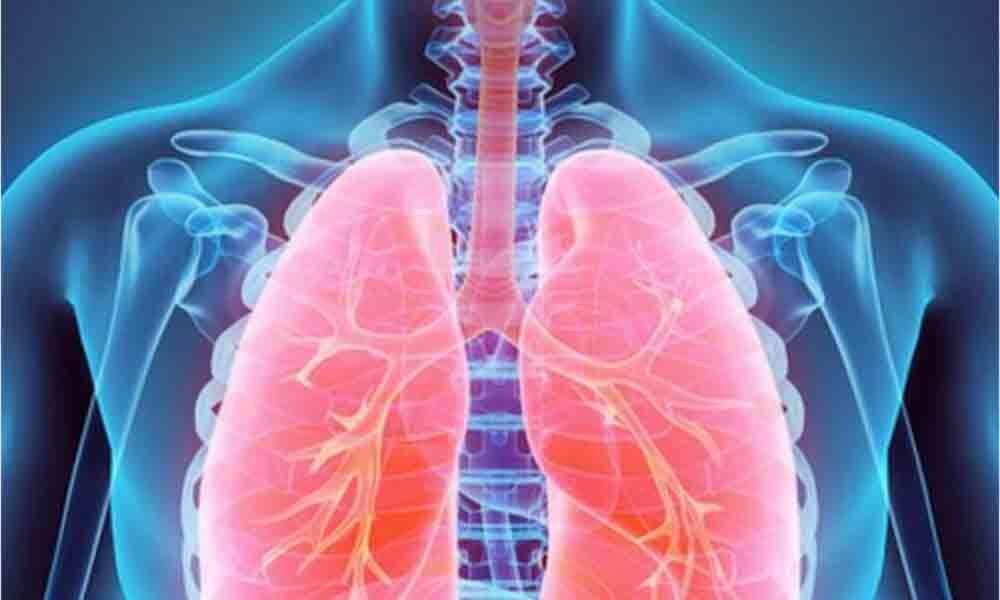Live
- CM congratulates Deepthi on being selected for Arjuna Award
- Elaborate arrangements being made for Sambara Jatara
- Manu Bhaker, Gukesh among 4 Khel Ratnas
- KTR urges BRS cadre to intensify fight against Congress misrule
- Apple to pay $95 million to settle Siri privacy lawsuit
- BJP chief accuses Sanjay of bogus vote registrations
- Centurion signs pact with SEEDAP for skill training
- Finally, Tirupati Haritha hotel set to go private
- Delhi drive scars Bengal migrants
- Police selections under strict norms: SP
Just In

Lungs are a very special vital organ. They are made of a stretchy, elastic-like tissue that allows them to inflate and deflate many times without going limp or getting stretched out!
Lungs are a very special vital organ. They are made of a stretchy, elastic-like tissue that allows them to inflate and deflate many times without going limp or getting stretched out!
Every cell in your body needs oxygen to function and stay alive. When air enters your lungs, oxygen goes into your blood through tiny blood vessels where it can be delivered to every cell throughout your body! Blood also brings carbon dioxide, a gas that your body doesn't need, back to the lungs so that it can be pushed out when you breathe out.
Lungs are part of your body's respiratory system. This system is what allows you to inhale, bringing oxygen to all the cells inside your body, and to push carbon dioxide out of your body as you exhale. The respiratory system also includes your nose, mouth, throat, and trachea. Air enters your body through your nose and mouth. In your nose, dust and other small particles from the air are filtered by tiny hairs called cilia to protect your lungs and keep them clean. Your nose also warms the air to the correct temperature for your body and makes sure it has the right amount of moisture, or humidity. Sometimes you might breathe mostly through your mouth, like when you have a cold and your nose is too stuffy to let much air through.
Next air travels down your throat and then into your windpipe, or trachea. Your voice box is located at the top of your windpipe and allows you to speak, sing, and make noises when air passes over your vocal cords. From there, the air travels down your trachea and divides into two branches, called bronchial tubes, one for each lungs. The bronchial tubes, or bronchi, branch off into smaller tubes called bronchioles. These smaller tubes have tiny air sacs at the ends called alveoli. Tiny blood vessels called capillaries surround the alveoli. The gases oxygen and carbon dioxide are easily transferred between the thin walls of the alveoli and blood in the capillaries to keep your whole body functioning!

© 2024 Hyderabad Media House Limited/The Hans India. All rights reserved. Powered by hocalwire.com







